19 tips for writing an excellent subject line so your email gets read
Allana Akhtar,Áine Cain,Marguerite Ward

- It's important to know how to write an excellent email subject line.
- Your email subject line will often determine whether or not anyone will actually read your message.
- In order to make the email stand out, keep your subject line short, specific, and personalized.
- Visit Business Insider's homepage for more stories.
How can you write the perfect email subject line?
It's an important question to ask yourself whenever you're preparing to send out an email. US workers send billions of emails every day. You need to make sure your message stands out.
Business Insider spoke with a number of career experts to get their secrets on crafting the perfect email subject line. We also included a few examples of awesome subject lines that recipients are sure to click on.
Here are several tips on how to write an excellent email subject line.
Read the original article on Business InsiderHere are some examples of excellent email subject lines.
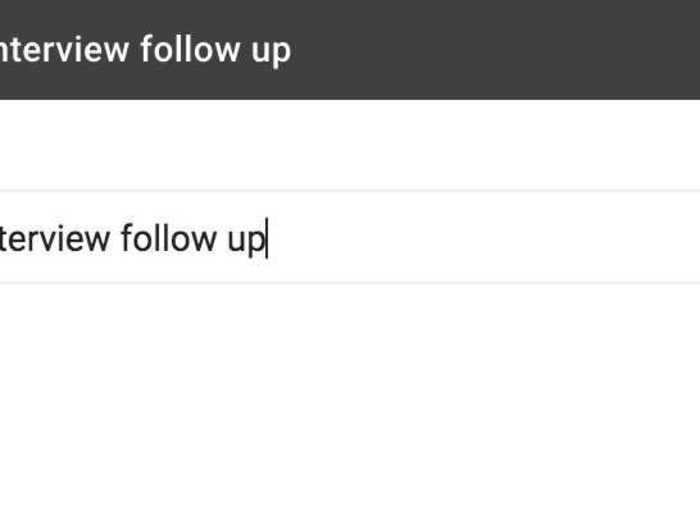
For a job application:
Referred by Jane Brown for Technical Writer position
Human Resources Assistant Application — John Smith
For an interview follow up:
John Smith Following Up on Sales Position
Marketing Manager interview follow up
For a work request:
Requesting Project X idea submissions — Due Jan 15
Employee Survey: Please take by EOD Friday
For a meeting invitation:
Meet about social media strategy Tuesday?
Free to catch up over coffee next week?
For an introduction:
An Introduction: Ed Wingfield Meet John Smith
Potential collaboration on TV marketing plan
For a marketing pitch:
Mastering Digital Media Webinar — Register Today
John, see how you compare to competitors
For requesting information:
Inquiring about your design services
Request for information on NY venue
Jeann Goudreau and Rachel Gillett contributed to a previous version of this post.
Don't just type a string of punctuation.

A line of punctuation does not an email subject line make.
As Inc. contributor Amanda Pressner Kreuser wrote, "'?????' and its cousin '!!!!!' are unnecessarily aggressive, and — perhaps worse — don't actually communicate the problem (or anything)."
Don't put words in ALL CAPS.
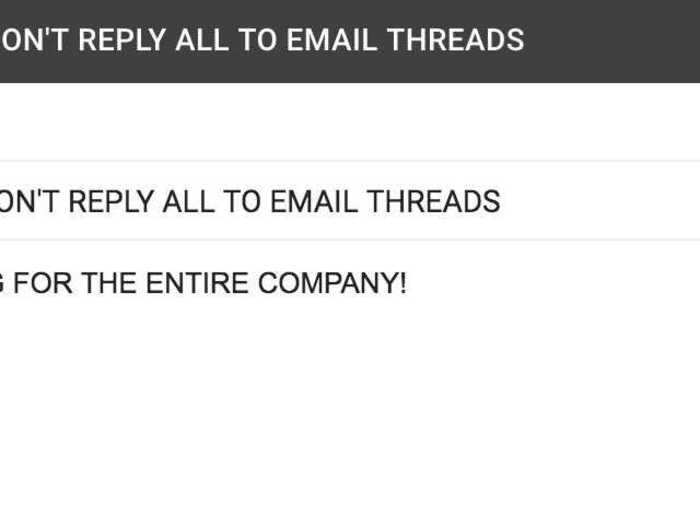
Using all caps may get someone's attention, but in the wrong way.
"This is email 101, but people still break this cardinal rule," Michael Kerr, an international business speaker and author of "The Humor Advantage," previously told Business Insider. "Putting any phrase in all caps is the equivalent of shouting."
Your job is to make the email as easy as possible for the recipient to read rather than giving them anxiety, said Leonov.
Instead, use dashes or colons to separate thoughts, and avoid special characters like exclamation points.
Spark the recipient's memory for an even better shot at getting your email opened.
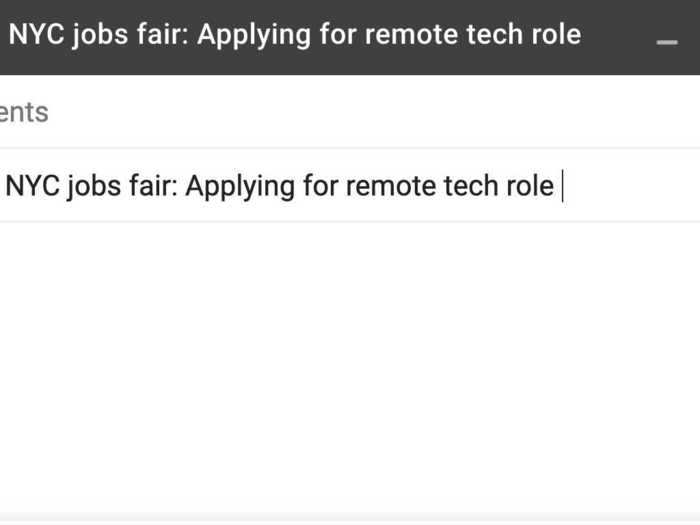
If you've met the recipient, exchanged emails before, or had a phone call, mention that in your subject line.
"In your follow-up email subject lines, be sure to reference your past meeting or conversation. This helps your recipient remember who you are, and what steps you had hoped to take next," writes Sujan Patel, a marketer and entrepreneur, in a blog post email outreach tool MailShake.
Make sure you re-read the subject line.
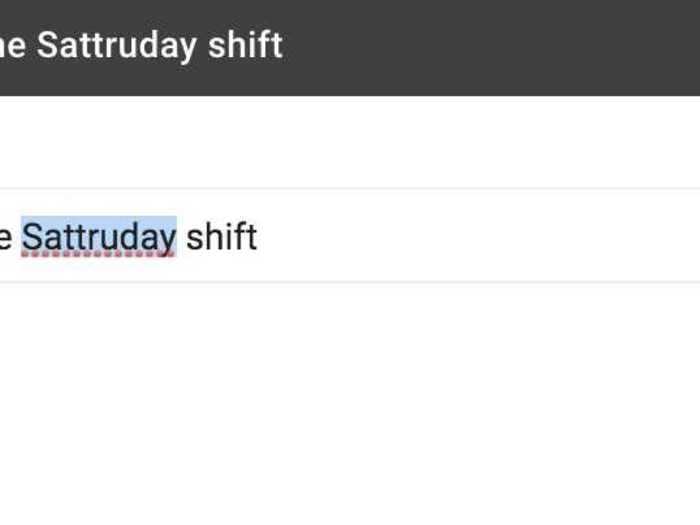
Augustine also warned against copy-and-paste errors. Sometimes when people are sending a similar email to multiple people, they forget to tailor it to each reader and end up with the wrong name or title in the subject line. The easiest way to avoid this is to reread the subject line before you hit send.
Don't start a sentence that you finish in the email's body.
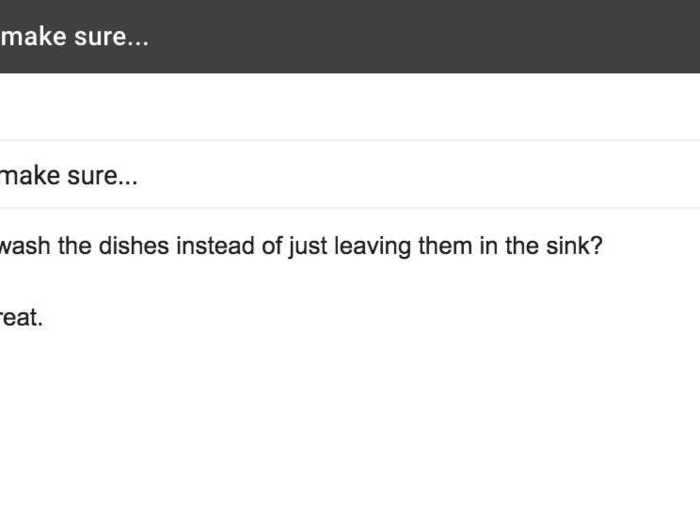
If you begin a thought or question that ends in the email, then the reader is forced to open the email. It's annoying, and since clarity and being respectful of the recipient's time is the goal, it's not very helpful, said Augustine.
Consider whether instant message, a call, or an in-person chat might be a better medium for your question.
Create urgency by limiting the timeframe.
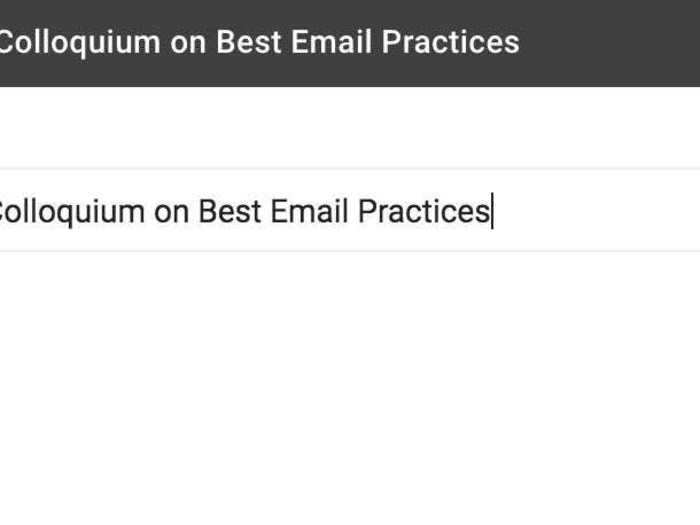
To grab someone's attention and persuade them to reply, the experts suggested creating a deadline for your proposition. Common ways of creating urgency include "respond now," "register today," and "limited space available — reply soon."
Personalize it with the recipient's name or company name.
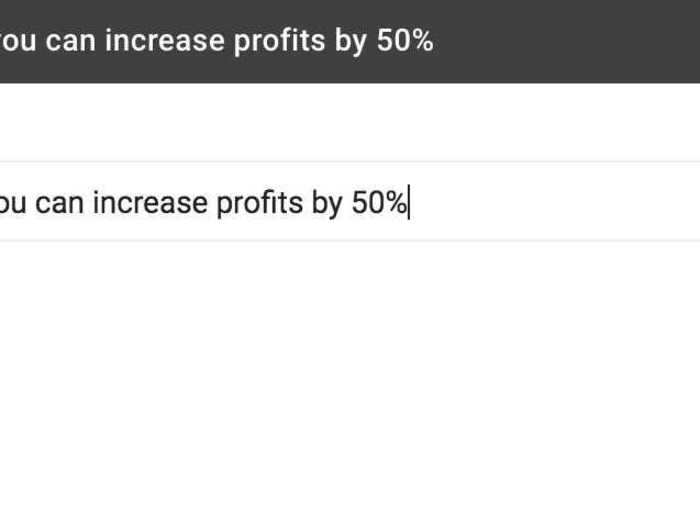
You have to know who you're sending the email to, and they have to recognize that it's about them or a subject interesting to them, Bodnar said. Using their name or company name is one of the best ways to do that, he says, and makes the recipient much more likely to open the email.
For example, you might write, "Increase Company's sales by 25%," or "John, see how you compare to competitors."
Highlight the value you have to offer.
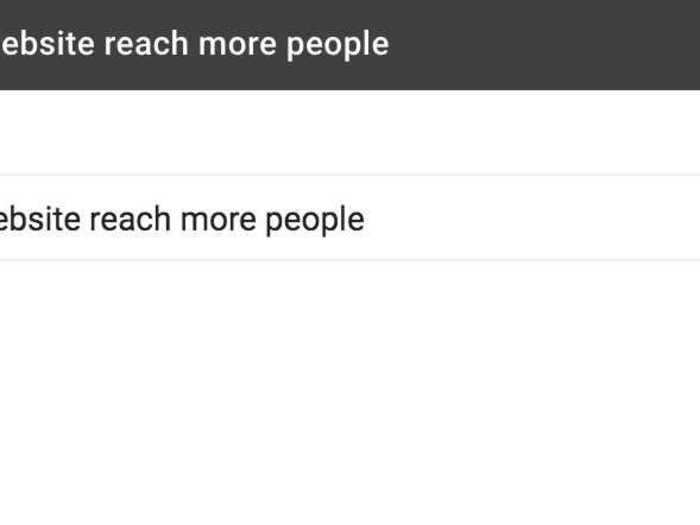
If sending a cold email to someone you don't know, "you need a subject line that indicates value and communicates what they're going to get," said Bodnar. Pique the reader's interest by offering them something that's helpful.
Whether you're providing a speaking opportunity, a discount, or a service, make it clear in the subject line what's in it for them.
If someone referred you, be sure to use their name.
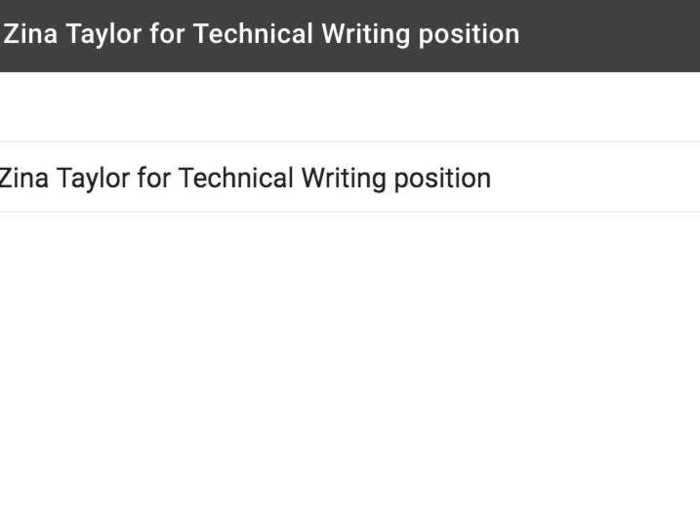
If you've been referred by a mutual acquaintance, do not save that for the body of the email, said Augustine. Put it in the subject line to grab the reader's attention right away. Moreover, she suggests beginning the subject line with the full name of the person who referred you.
Set a deadline in the subject line.
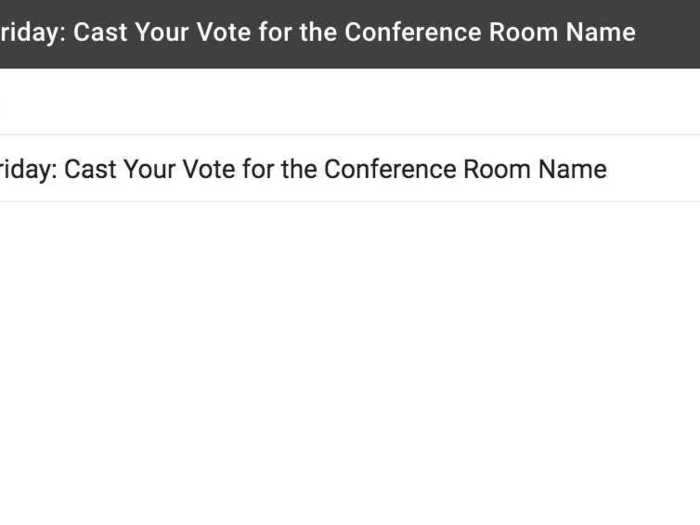
Especially if you have a lot of information to convey in the email itself, the experts said that including a deadline right in the subject line exponentially increases the odds that readers will respond.
For example, after the email's topic, you could say: "Please reply by EOD Friday."
Rachel Gillett contributed to an earlier version of this article.
Indicate if you need a response.
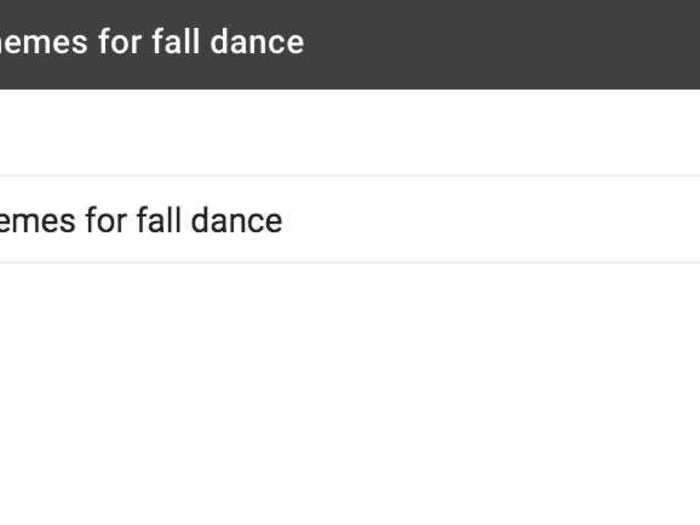
"People want to know whether they really need to read this now and if they have to respond," said Augustine. If you need a response, make it clear in the subject line by saying "please reply" or "thoughts needed on X topic."
If not, simply start the line with "Please read," or tack on "no response needed" or "FYI" to the end.
Use logical keywords for search and filtering.
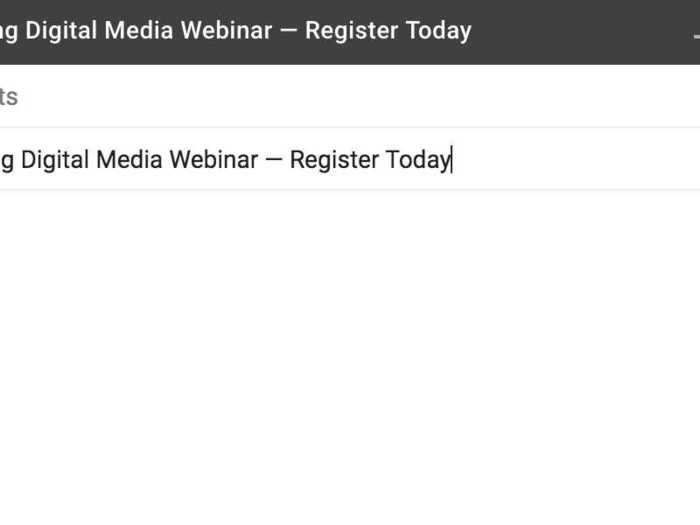
Most professionals have filters and folders set up to manage their email and probably won't focus on your message when they first see it, said Leonov.
That's why it's important to include keywords related to the topic of the email that will make it searchable later.
Keep it simple and focused.

Especially if you're sending a marketing email, Kipp Bodnar, a VP at marketing software platform HubSpot, told Business Insider that it should be focused on one action, which should be communicated in the subject line.
Offer one takeaway, indicate how the reader can make use of it, and specify how you will deliver it.
Be clear and specific about the topic of the email.
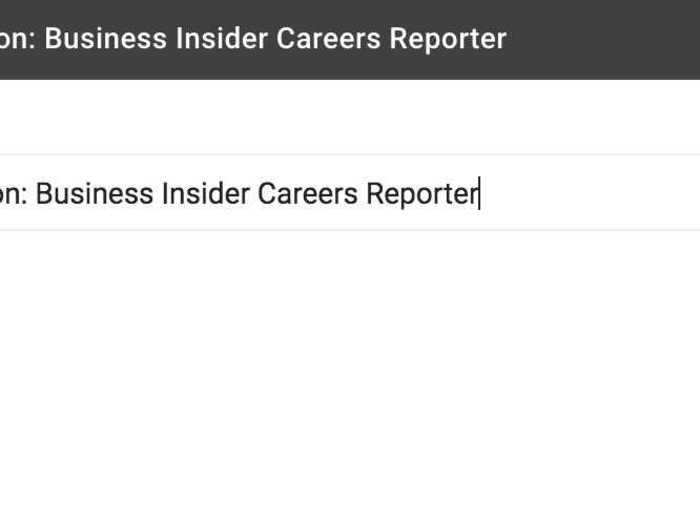
The subject line should communicate exactly what the email is about so that the recipient can prioritize the email's importance without having to open it, the experts said.
For example, writing "Do you have a sec?" is vague, said Augustine, since the reader will have to open the email or reply to figure out what you want.
If it's a job application, she suggests including your name and the position, and if it's to another coworker, you should identify the project that the email refers to.
Eliminate filler words.

With such precious space, don't waste it with unnecessary words like "hello," "nice to meet you," and "thanks," which can easily be included in the email's body, the experts said.
Place the most important words at the beginning.
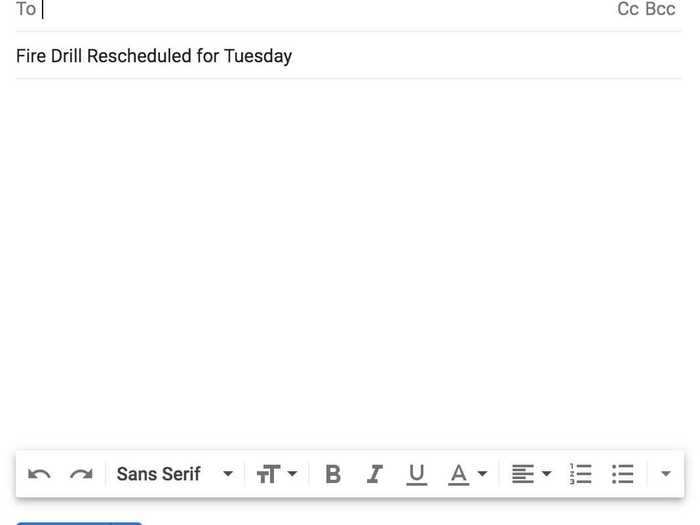
Dmitri Leonov, a VP at email management service SaneBox, told Business Insider that a whopping 50% of emails are read on mobile phones. Since you don't know how much of the subject line will be viewable from a smartphone, it's important to put the most important information at the beginning. Otherwise, compelling details could get cut off.
Keep it short.
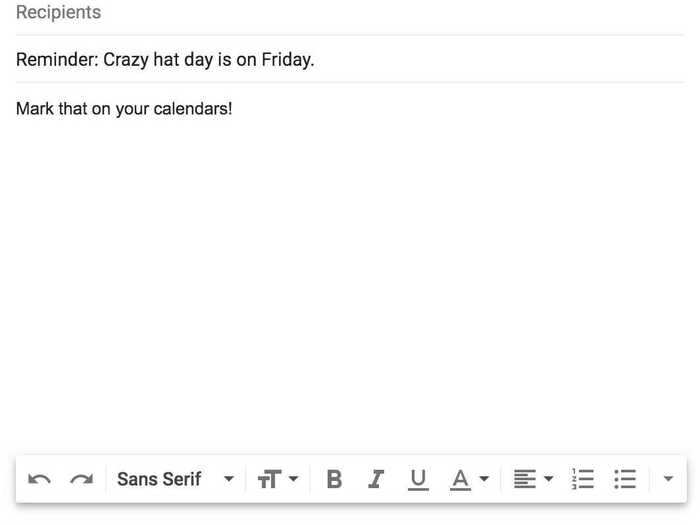
A typical inbox reveals about 60 characters of an email's subject line, while a mobile phone shows just 25 to 30 characters, said Augustine. Get right to the point in about six to eight words.
Write the subject line first.
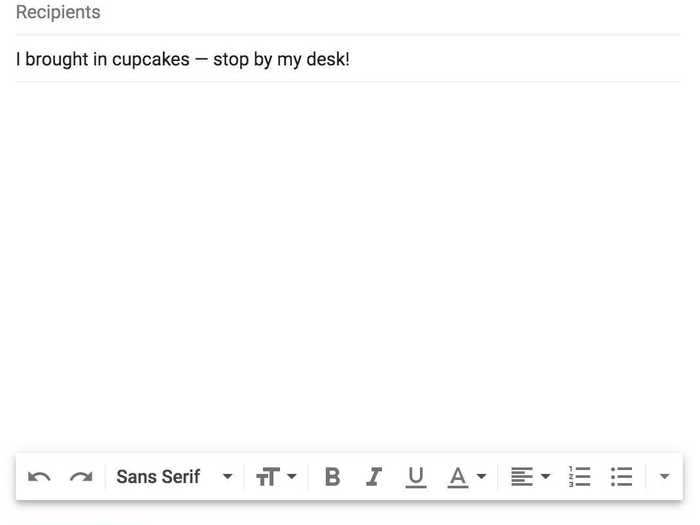
For many professionals, the subject line is an afterthought that you add just before you hit send. But Amanda Augustine, a career expert at TopResume, told Business Insider that it can be the most important part of the email.
Write the subject line first, so that it sets the tone and you don't forget.
Always write a subject line.
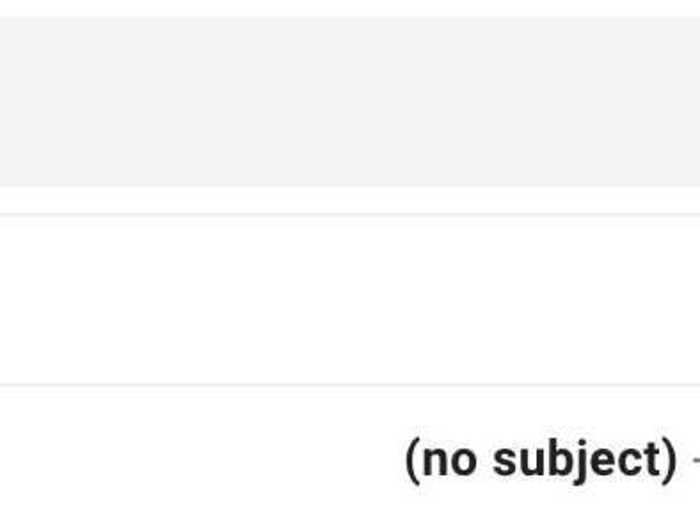
Experts said that not including a subject line is one of the biggest mistakes you can make.
The subject line often determines whether an email is opened and how the recipient responds.
An email with a blank subject line will likely get deleted, lost, or immediately irritate the recipient, who is forced to open the email to figure out what it's about.
READ MORE ARTICLES ON
Popular Right Now
Advertisement